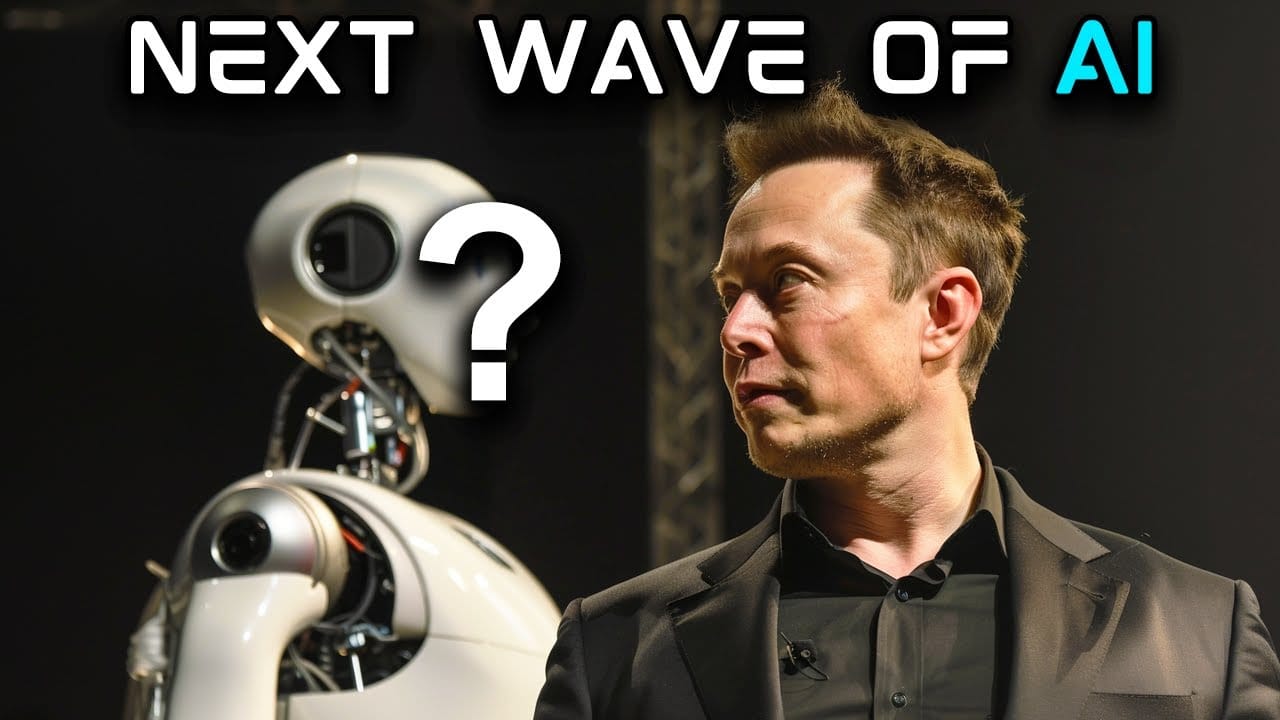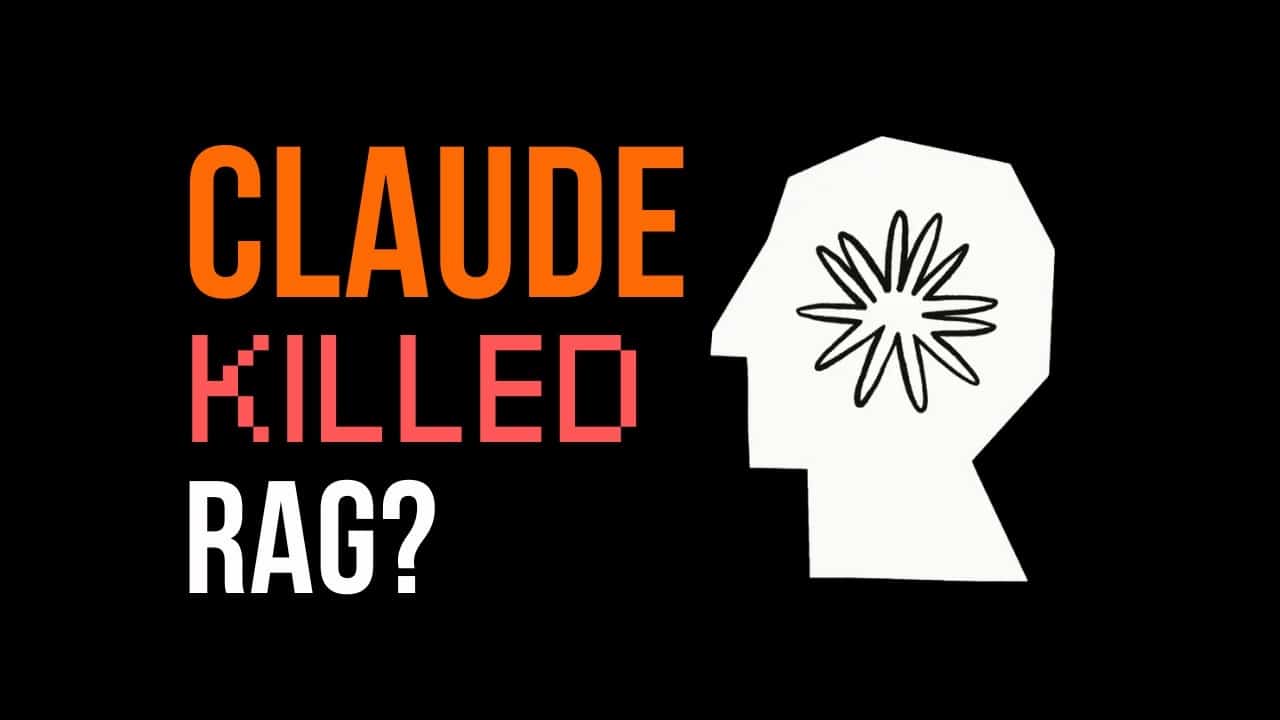Machine Learning 2.0 will revolutionize personalization and industry. 🤖 Advanced Computer Vision will create seamless interactions. 👁️ Enhanced Robotics will bring us thinking machines. 🦾 Quantum Computing will unlock unimaginable power. ⚛️ The future of AI is full of exciting possibilities, but it’s crucial to approach it ethically. 🤔 What are your thoughts on the next wave of AI? 🌊🧠
Continue readingClaude Prompt Caching: A Deep Dive 🧠
Claude’s new prompt caching is a game-changer! 🧠 It lets Claude store parts of your conversations, so it doesn’t have to re-learn everything, saving time and money. 💰 Imagine reading Claude a book 📖 – it remembers the story even after you close it! This feature is great for chatbots 🤖, coding assistants 💻, and text analysis 📑. It can reduce costs by up to 90% and latency by up to 85% – HUGE! 🤯 Try it out and see the difference! 🚀
Continue reading🎥 AI Filmmaking: Crafting Cinematic Videos with LTX Studio 🎬
Leonardo.ai and LTX Studio make creating cinematic videos effortless. Generate an idea, create a stunning visual with Leonardo.ai, and then watch LTX Studio work its magic, turning it into a captivating video. Experiment with different sounds and effects, and don’t be afraid to let your creativity run wild. The future of filmmaking is here! 🎥 ✨
Continue reading🧲 **Nail Your Niche: The Ultimate Guide to Crafting Irresistible Lead Magnets** 🧲
🧲 Attract your dream customers with an irresistible lead magnet! 🧲 This guide reveals the secrets to crafting high-converting freebies that grow your email list.
First, know your audience! 🕵️♀️ What are their pain points? What solutions do they crave? Next, solve a specific problem with a laser-focused lead magnet. 🎯 Instead of a generic ebook, offer a targeted checklist or video tutorial.
Remember, your lead magnet should attract your ideal customer. 🧲 Choose a format that resonates with them, such as a video or PDF guide.
Ready to skyrocket your email list? 🚀 Let’s go!
🚀 **Unlocking RAG: Your Guide to Building AI-Powered Q&A Systems** 🧠✨
🧠 Unlocking RAG: Build your own AI-powered Q\&A system! 🚀
✨ Break down large texts (PDFs, websites) into smaller, manageable chunks.
➡️ Convert text into “embeddings” — secret codes that capture the meaning of your words. 🔐
🗄️ Store embeddings in a “vector database” — like a super-organized library for your AI.
❓ Ask your question! The system finds related info in the database.
🧠 The AI model analyzes the retrieved context and provides accurate answers.
Start building with these tools: LangChain, Llama 3.1, FAISS, Pinecone.
Try different models, add more data, customize prompts! 🚀
How will you use RAG? 🤔
😴 Whispers of Wonder: Crafting AI Bedtime Stories with No-Code Magic ✨
Story time just got an AI upgrade! 🤖 Input a brief description and character name, and watch as AI crafts a personalized bedtime story. ✨ Bubble.io, Anthropic’s Claude AI, and ElevenLabs combine to write and narrate, creating captivating audio stories in moments. 🎧 Ready to weave some magic? ✨
Continue reading🚀 Supercharge Your AI Apps with Prompt Caching! 💡
Prompt caching is a game-changer for AI apps. 💰 Slash costs by up to 90% and boost speed by 85%. 🚀 Ideal for chatbots, coding assistants, and document processing. 🤖 Remember to prioritize stable content and place it strategically. 🧠 Combine prompt caching with RAG for even more powerful AI!
Continue reading😱🤖 Become Anyone with AI: Deep-Live-Cam Deep Fake Guide 👥
🤯 The Power of Deep-Live-Cam:
Ever imagined yourself as Elon Musk? 🤔 This open-source AI tool lets you swap faces with anyone, live, using just a single photo! It’s like magic, but with code. ✨
🛠️ Setting Up Your Deep Fake Machine:
1. Gathering the Tools 🧰:
- Python 3.10: The brain of the operation. 🧠 Download it from the official website.
- FFMPEG: Handles video processing. 🎥 Use the one-click installer for a smooth setup.
- Visual Studio Build Tools: Essential for building the software. 🧱 Get the desktop development with C++ package.
- CUDA Toolkit (Nvidia GPU users): For that extra GPU power! 🚀 Download and install version 11.8.
2. Installing the Software 💻:
- Clone the Deep-Live-Cam Repository: Use the ‘git clone’ command.
- Download the Models: Grab the provided model files.
- Virtual Environment: Keep things organized. Create one using Python 3.10.
- Install Dependencies: Run the necessary ‘pip install’ commands.
3. Running the Magic ✨:
- Windows Users: For best results, run with CUDA execution provider: ‘python run.py –execution_provider cuda’
- Other OS: Refer to the repository for specific instructions.
🎭 Deep Fake Fun (Responsibly!):
- Choose Your Face: Upload any image!
- Select a Target Video (Optional): Apply the deep fake to existing footage.
- Experiment with Settings: Adjust FPS, enhancements, and more.
- Go Live!: See yourself transformed in real-time.
🤔 Ethical Considerations:
While incredibly fun, it’s CRUCIAL to use this technology responsibly. Deep fakes can be misused, so always obtain consent and be transparent about their use.
🚀 Resources:
- Deep-Live-Cam Repository: https://github.com/hacksider/Deep-Live-Cam/ – Access the code and instructions.
- Python 3.10 Download: https://www.python.org/downloads/release/python-3100/ – Get the right Python version.
- FFMPEG One-Click Installer: https://www.youtube.com/watch?v=OlNWCpFdVMA – Easy FFMPEG installation.
- Visual Studio Build Tools: https://visualstudio.microsoft.com/visual-cpp-build-tools/ – Download the necessary build tools.
- CUDA Toolkit 11.8: https://developer.nvidia.com/cuda-11-8-0-download-archive – Boost performance with CUDA.
Want to become anyone with AI? 🤖 Deep-Live-Cam lets you swap faces in real-time using just one picture! 🤯
Download the open-source tool and follow the setup instructions: Python 3.10, FFMPEG, Visual Studio Build Tools (and CUDA for Nvidia GPUs). 💻
Remember to use this powerful technology responsibly and ethically! 🤔
Ready to try it? Share your deep fake experiences! 😄
🚀 Dominate Your Inbox: Cold Email Deliverability Secrets Revealed 📧
Boost your cold email deliverability and escape the spam folder! 🗑️ This guide reveals the secrets to landing in inboxes and maximizing your outreach success. 📈
First, understand why emails fail: spam filters, poor sender reputation, and technical errors. ❌ To overcome these hurdles, follow the 10 Commandments of Deliverability.
Target wisely, personalize content, and avoid spammy language. 📧 Use tools like MXToolbox and NeverBounce to check blacklists and validate email addresses.
Remember, email deliverability is about building trust, not tricking the system. 🔑 By implementing these strategies, you’ll transform your cold email game and drive impactful results. 🚀
Word Count: 100 words
🚀 Supercharge Your Customer Support with AI 🤖
100-word Summary
🚀 Instantly create an AI customer support agent to handle your email inquiries 24/7. Connect your Gmail, integrate OpenAI’s powerful API 🧠, and personalize your agent’s responses.
✨ Train it with a knowledge base of FAQs and past emails to provide accurate information. Set the response time, and choose to automatically send replies or save them as drafts for approval.
💡 Start automating responses to frequently asked questions and reclaim hours of your valuable time! ⏳
Try it now: https://youraiagent.com









